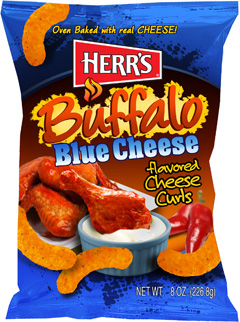What reasoning is used by mainstream kosher certification agencies to certify food items containing only kosher ingredients but packaged and/or designed to look and/or taste non-kosher. For example, imitation crab (dyed and shaped to look like crab meat and used in sushi) or artificially flavored snacks illustrated with pictures of meat and dairy, such as this. (I'm waiting to hear back from the O-U.)
Since first posting this, I came across Halachipedia's post on this topic:
There is no maris ayin issue involved in eating surimi since people know that surimi shrimp etc exists, we do not have to worry that one will think he is eating a non-kosher product.
They cite as a source for this argument Halachically Speaking (vol. 5, Issue 12, p. 3) which actually does not appear to present any reasoning at all(?), (though there may be more information in the Journal of Halacha and Contemporary Society 50 p.107, cited in footnote 10) which I have yet to obtain.
As a counterpoint to this argument, the New York Times recently seemd to feel the need to clarify the artificial source of the crab in kosher-certified California rolls:
Orthodox Jews are eating dragon rolls, rainbow rolls, tsunami rolls and California rolls (using imitation crab)...

